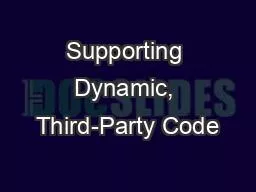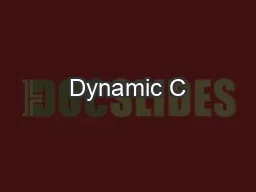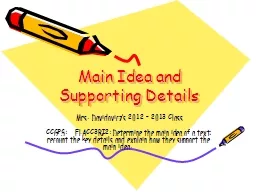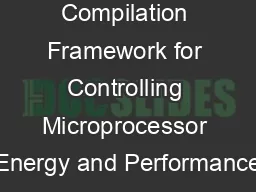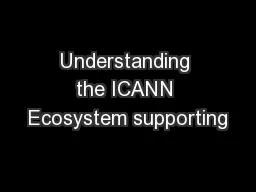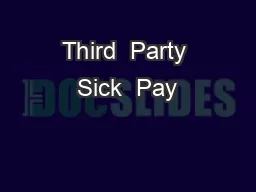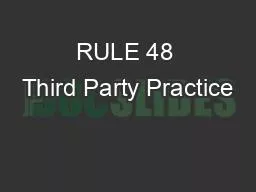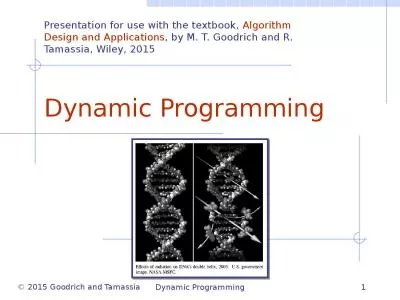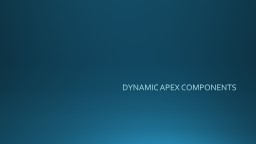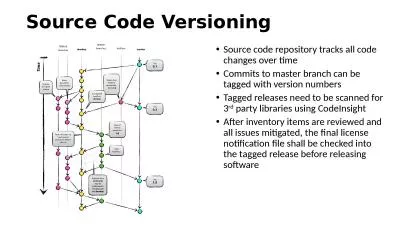PPT-Supporting Dynamic, Third-Party Code
Author : pinperc | Published Date : 2020-06-23
Customizations in JavaScript Using Aspects Benjamin Lerner Herman Venter and Dan Grossman University of Washington Microsoft Research How do web pages run Web
Presentation Embed Code
Download Presentation
Download Presentation The PPT/PDF document "Supporting Dynamic, Third-Party Code" is the property of its rightful owner. Permission is granted to download and print the materials on this website for personal, non-commercial use only, and to display it on your personal computer provided you do not modify the materials and that you retain all copyright notices contained in the materials. By downloading content from our website, you accept the terms of this agreement.
Supporting Dynamic, Third-Party Code: Transcript
Download Rules Of Document
"Supporting Dynamic, Third-Party Code"The content belongs to its owner. You may download and print it for personal use, without modification, and keep all copyright notices. By downloading, you agree to these terms.
Related Documents

